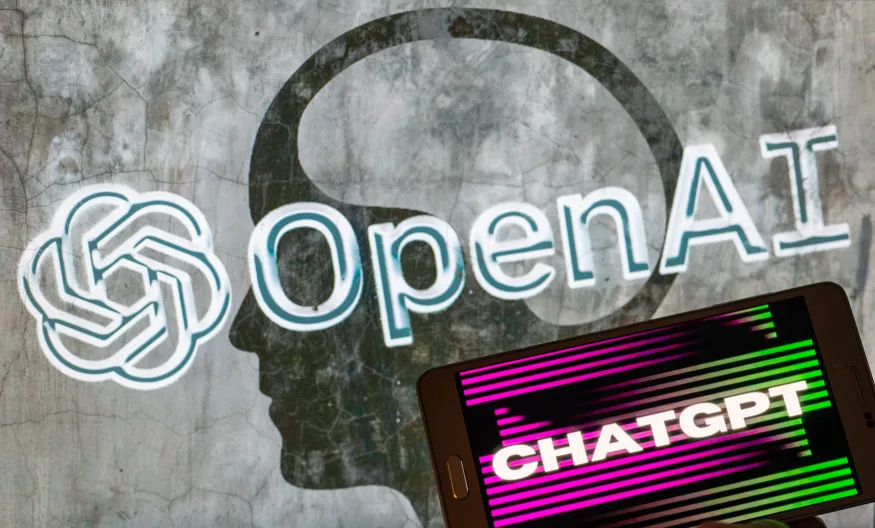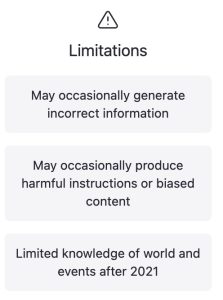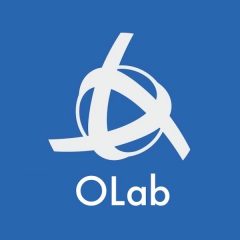Wow, there is a lot of fuss being made about ChatGPT and Large Language Models and how these are going to revolutionize everything on the Internet!

As usual with something like this, there is a lot of hype. Rather than repeating it here, we will talk a bit more about its relevance to Health Professional Education a bit further down the page. But first, we want to address whether this will be useful to OLab and how it affects our current plans.
What is ChatGPT?
ChatGPT is more fully described elsewhere but we will summarize it as an interface to a collection of Large Language Models that can apply some artificial intelligence to human language tasks. In short, it puts a more human-like and chatty interface onto things.
At first glance, it is quite impressive. See below for more information on how you can try it out for yourself. It appears to understand normal language and full sentences, and will be quite verbose in responding. If you ask a question, it will pause for several seconds while it “thinks” and then it will type out a couple of paragraphs with its best guess at a plausible answer. And that answer can appear very plausible indeed. More on that shortly.
Gone are the page of ten links to pages that you then have to read for yourself. It seems to do the reading for you and generate a summary of the best matches. And you can ask it about anything and it will give you a very well written answer. All the training required for understanding language is built in. Also more on that shortly.
OLab and natural language
Over the past few years, we have been exploring different ways to incorporate natural language into the interface for our virtual scenarios. We have used various approaches and we presented this at AMEE last fall. See Constructed Responses in OLab
So we have quite a bit of experience in assessing various methods by which you can integrate natural language understanding into your application. And ChatGPT got us very interested so we have been experimenting with it over the past two months to assess its utility and feasibility.
For the TL;DR group, here is a summary of the relative merits of each approach:
For more information and specifics about each approach, check out this page: We have created this as a live Google Doc so that we can easily update it because the information is changing rapidly.
Will ChatGPT replace OLab?
We recognize that for some companies who want to provide “virtual beings”, as one group have called them, ChatGPT will provide a means to create wee singing, dancing avatars that will cutely chat away with you very realistically and be very engaging. For those who wish to sell content, this will be a way to gain competitive advantage by creating cases that appear real and easy to interact with, in a way that was not possible before. And they will come pre-programmed and not particularly cheap.
For educators who just want something that will entertain the students and give them something to interact with, this will be a big draw. But there are quite a lot of downsides, the biggest being the lack of control over how the ChatGPT interface responds to language inputs: they will be realistic (at least on the surface) but will they be accurate or helpful? In certain situations, there can be significant risk to this, as acknowledged by OpenAI in their caveats on the use of ChatGPT.

For most of us, we need more control over how the virtual scenario or virtual human will interact with its users. We need some assurance that students are not being led astray. And yet, we also have limited budgets and limited time in which to set up a case to cover a particular topic.
We will continue to explore what can be done with ChatGPT but at present, we are finding that there is more value in providing different ways for learners to interact with our virtual scenarios and that each way has different advantages depending on the context and need in the case.
Don’t use natural language for everything: there are times when it is very helpful and you want to use constructed response questions. But much of the time, you can assess decision-making and provide interesting challenges in a much simpler interface. Remember the Sarah-Jane case?
More info about ChatGPT and alternatives
- Want to try ChatGPT? See what we found
- Risks of using GPT engines
- Is this all just hype?

